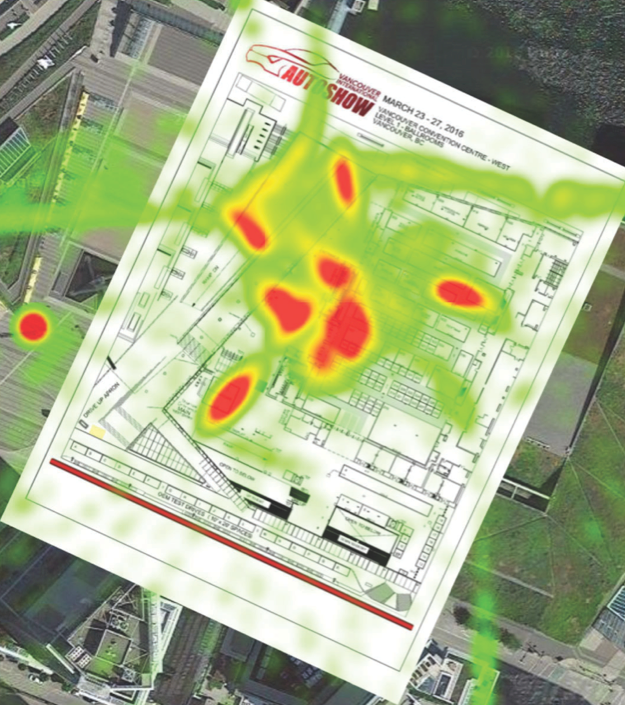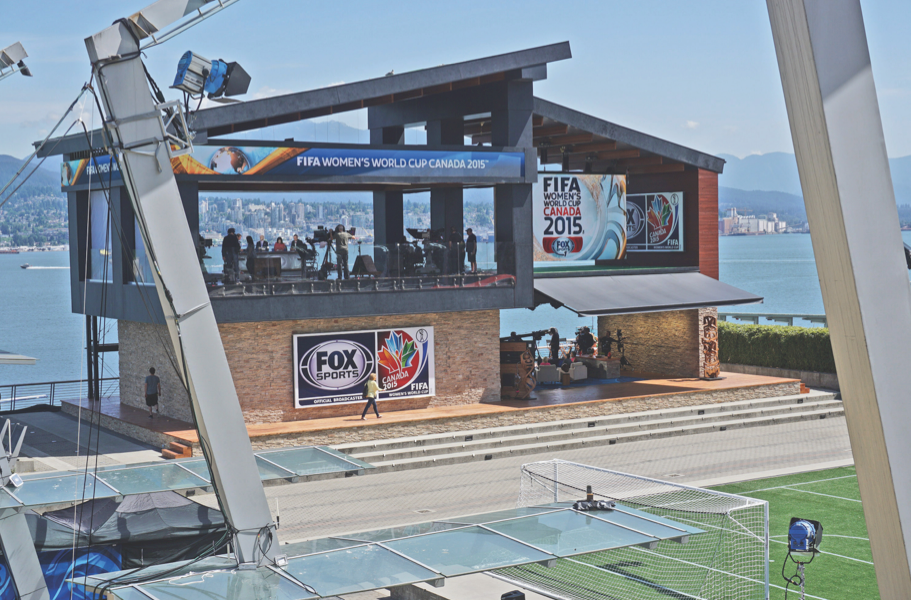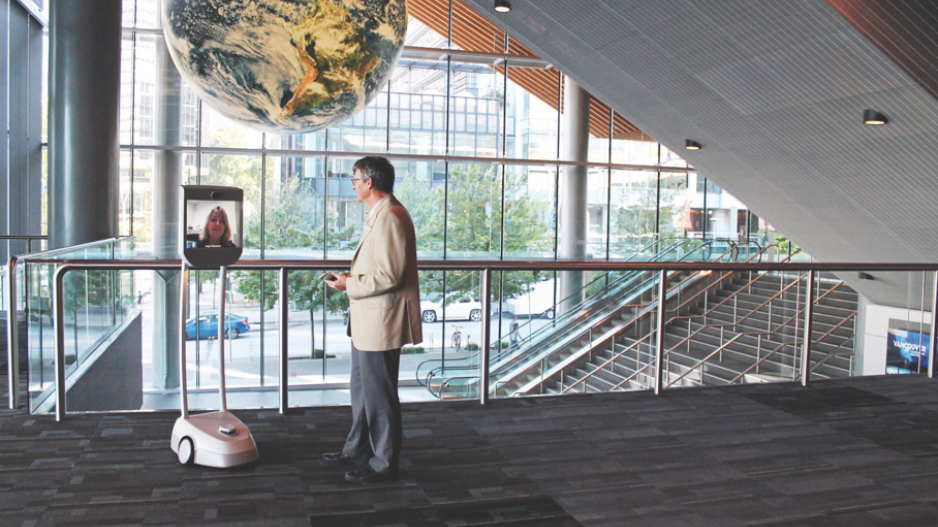Seasoned conference-goers know that meetings and trade shows are more than just the content; they’re about the networking opportunities.
And, when it comes to technology, networking of the digital sort is key to making sure events run smoothly and live up to participants’ expectations.
“There’s nothing worse than being in a conference and a session, and something goes awry and then there’s these big dead spaces of time,” says Claire Smith, vice-president of sales and marketing with the Vancouver Convention Centre.
Technology functions best when it enhances and enriches participants’ experiences, bringing the proceedings alive in fresh and unexpected ways. And when that doesn’t happen – for whatever reason – the instantaneous “wow” is lost.
David Clark has overseen major events throughout the northwest as principal of BC Event Management, but technology is now helping him give new clients a foretaste of what they can expect.
While simple floor plans and concept drawings suit some planners, Clark’s staff developed sophisticated animations that won the company the contract to design the Fox Sports studio erected in Jack Poole Plaza during the 2015 FIFA Women’s World Cup.
“Three-D CAD [computer-aided design] renderings and fly-throughs were critical in getting client sign-off for the final product before construction began,” Clark says, noting that the project won an Emmy from the National Academy of Television Arts & Sciences. “We use the same technology to design ballroom installations for conventions. We pride ourselves in how exact our installations are when compared to the vision we sell our clients in advance.”
Technology can also facilitate a room’s design to manage the flow of people through a space.
While sophisticated modelling of crowd flows assisted security personnel in Vancouver in the run-up to the 2010 Winter Olympics, a smaller-scale technology known as heat mapping is helping the Vancouver International Auto Show keep people circulating through the annual event.
“It changes the way you can understand the traffic flow of your audience, how many people are in attendance, where they go, how they travel through the show,” says Jason Heard, the show’s producer. “We were able to tell what brands drew more traffic, which features and highlights had more traffic, how much time people would spend at certain areas.”
Heard plans to change ticketing practices and access to the show in light of heat-mapping data collected at the 2016 event.

Heat mapping can precisely track traffic flow at large trade shows and was used successfully at the Vancouver International Auto Show in Vancouver in 2016 | Submitted
“We have specific features [such as custom vehicles] that we believe we can now position throughout the show … to increase the draw of the attendees so that they’ll flow through the show in a much better way,” he says.
Sometimes the challenge isn’t moving people through a show, but getting them there in the first place.
This is where new forms of projection technology are helping enhance the conference experience.
“We’re just getting so used to seeing things in images; whether it’s Instagram or YouTube, that’s how we respond to things,” says Smith, who points to the recent Professional Convention Management Association event, which had a screen running the entire length of the ballroom wall and allowed for an outsized magnification of speakers.
“It’s allowing them to create that experience that makes it feel intimate, even though you’re in a large space,” she says. “That visual portion is becoming so much more critical.”

Sophisticated technology and animation renderings helped BC Event Management win the contract for the Fox broadcast centre during the 2015 FIFA Women’s World Cup | BC Event Management
It’s not just on large screens, however.
The Vancouver Convention Centre has three mobile telepresence robots that can allow off-site participants in conferences to enter a room and engage with other attendees. The robots have screens that show a participant’s face, while a camera transmits to the participant what is happening in the room. The participant can control the robot to navigate through the room.
“It allows people who maybe weren’t physically able to get here … to be brought into an event and participate remotely,” Smith says. “This actually brings a visual picture of the person – you can see them on the screen of this little robot – and they can interact with other delegates through that screen.”
A BeamPro video robot was how fugitive whistleblower Edward Snowden spoke to a Simon Fraser University event in April 2016. The BeamPro allows participants to engage and respond in real time.
The mobile interactive robots can also be used to show potential clients the size and highlights of any convention space.
“People feel sometimes that technology is cold and impersonal,” Smith says. “So event managers are starting to make the technology more human.”

BeamPro robot link allowed fugitive Edward Snowden to join a panel discussion at a 2016 Simon Fraser University event in Vancouver | Simon Fraser University




